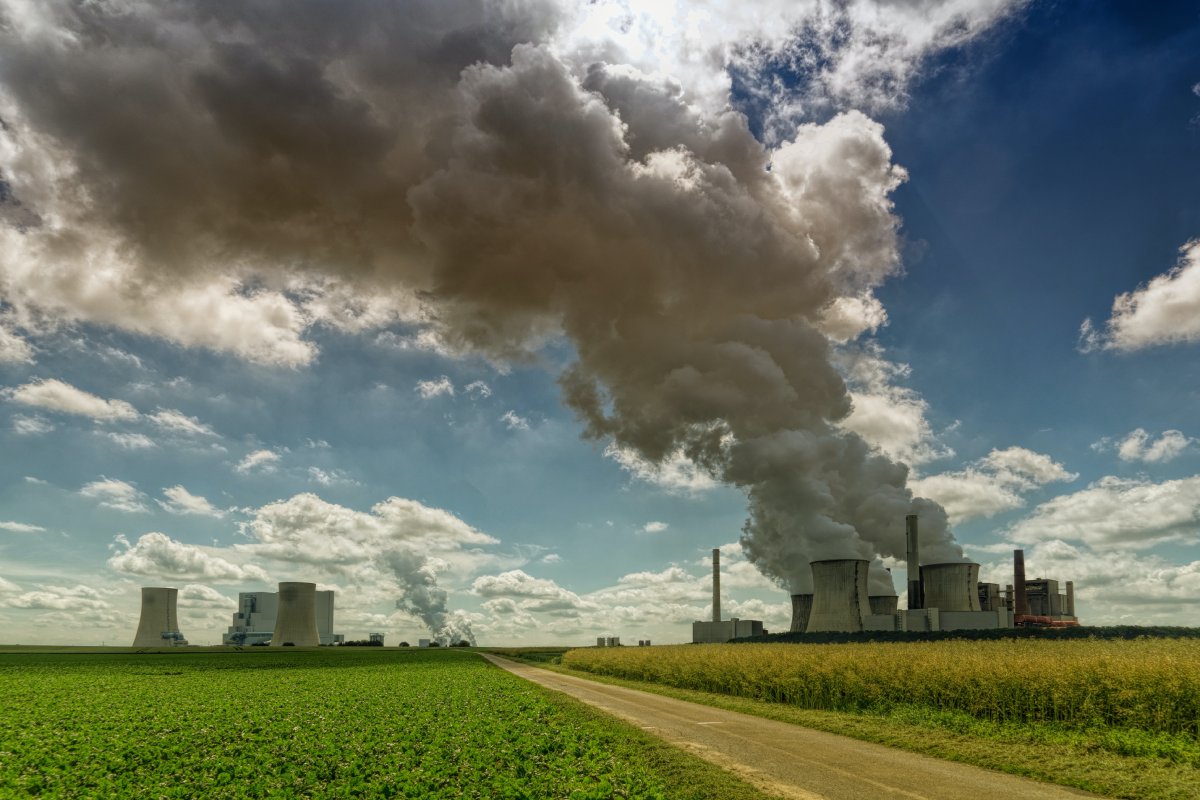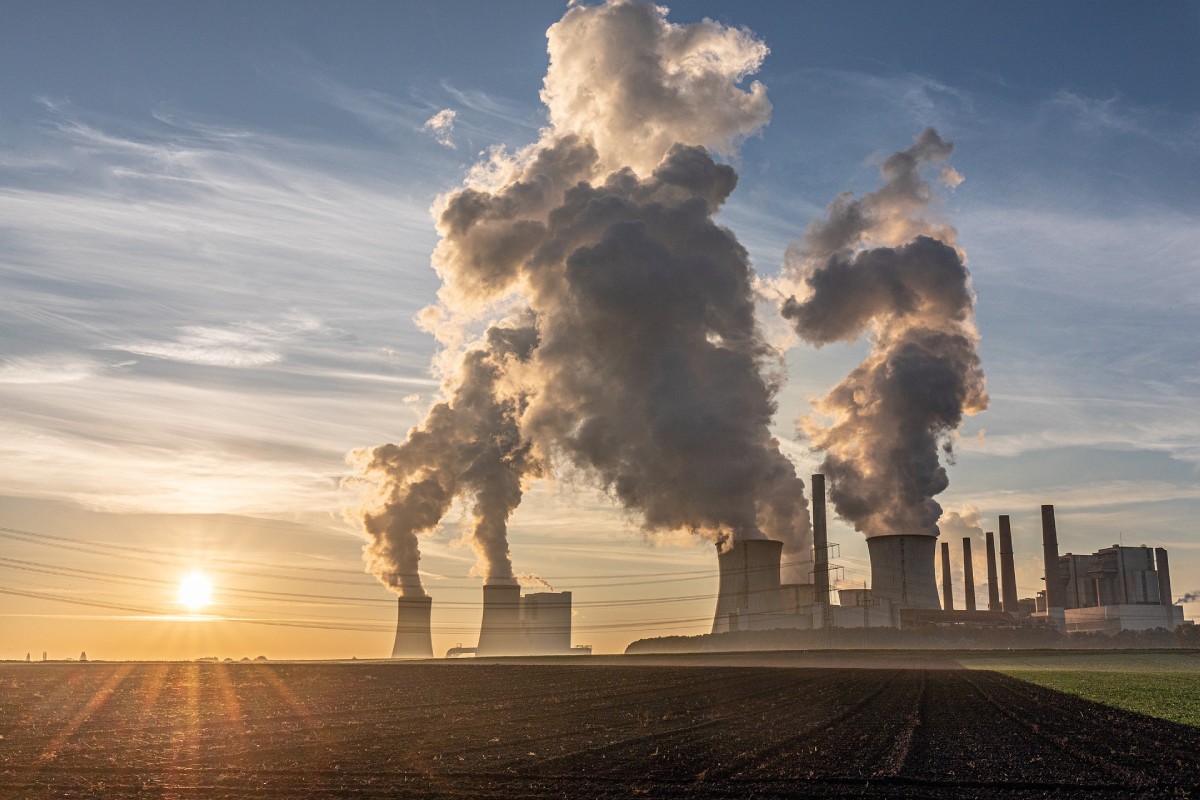Introduction
Air pollution is a pressing environmental issue that significantly affects human health and well-being. The quality of the air we breathe has a direct impact on our respiratory and cardiovascular systems, as well as our overall health. Understanding the detrimental effects of air pollution is crucial in order to develop sustainable solutions that can mitigate its harmful consequences.
Explaining the Issue of Air Pollution and its Relevance to Human Health
Air pollution refers to the presence of harmful substances in the air, resulting from various human activities and natural processes. These pollutants, such as particulate matter, nitrogen oxides, sulfur dioxide, and volatile organic compounds, can have serious implications for human health. When inhaled, they can penetrate deep into the respiratory system, causing respiratory diseases, cardiovascular problems, and even cancer.
Emphasizing the Importance of Understanding the Impact of Air Pollution
Recognizing the impact of air pollution on human health is essential for several reasons. Firstly, it enables us to make informed decisions about our environment and lifestyle choices. By understanding the health risks associated with air pollution, individuals can take proactive measures to protect themselves and their communities. Secondly, it highlights the urgency of adopting sustainable solutions to combat air pollution and safeguard public health. Without a clear understanding of the issue, it becomes challenging to implement effective strategies and policies for pollution reduction.
Thesis Statement: Exploring the Need for Sustainable Solutions to Mitigate the Health Effects of Air Pollution
In this blog post, we will delve into the critical need for sustainable solutions to address the health effects of air pollution. By examining the sources and impacts of air pollution, we will highlight the importance of adopting eco-friendly practices and technologies. Through sustainable initiatives and collective action, we can create healthier environments and protect the well-being of present and future generations.
By understanding the issue of air pollution, recognizing its impact on human health, and acknowledging the need for sustainable solutions, we can pave the way for a cleaner and healthier future. Let’s explore the various aspects of air pollution and discover the transformative power of sustainable practices in mitigating its adverse health effects.
Stay tuned for the upcoming sections where we will delve deeper into the health impacts of air pollution and explore sustainable solutions that can make a difference in our lives and our planet.
Understanding Air Pollution and Its Sources
Air pollution encompasses a range of pollutants that can have detrimental effects on both the environment and human health. In this section, we will delve into the definition and types of air pollutants, explore the primary sources of air pollution, and examine the profound impact it has on our surroundings and well-being.
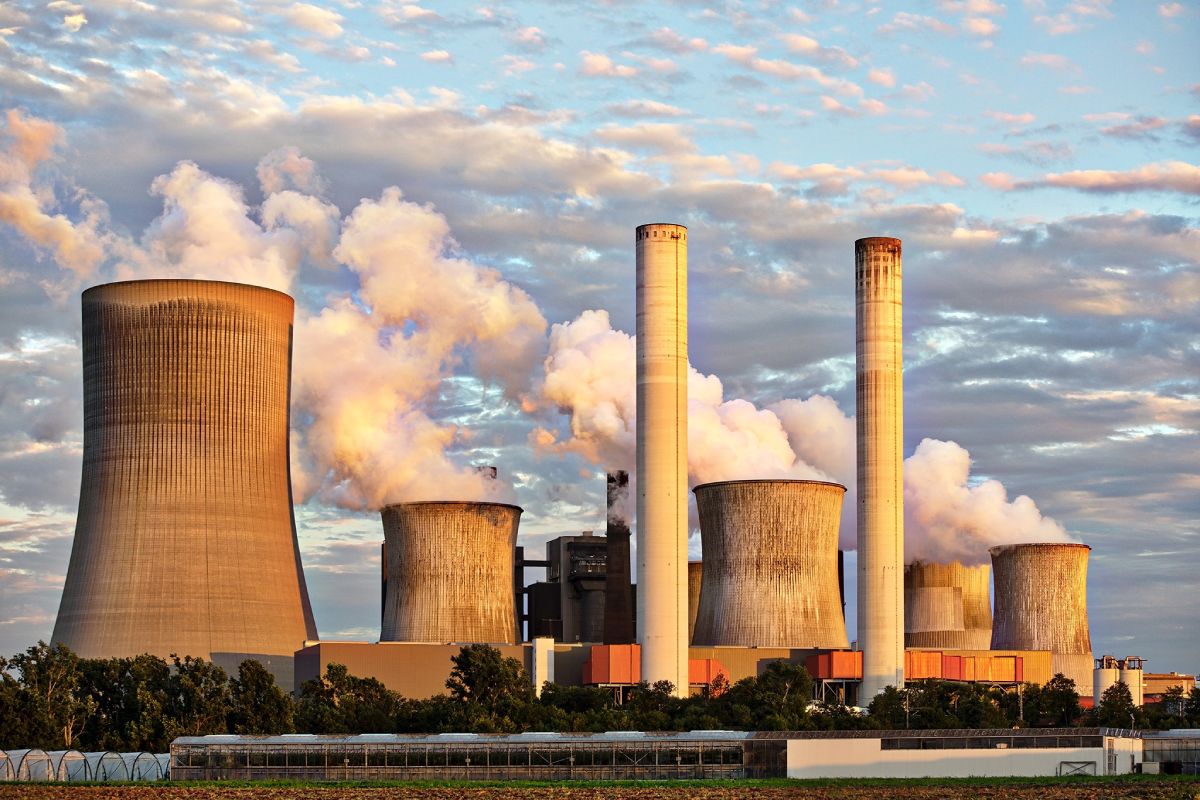
Definition and Types of Air Pollutants
Air pollutants are substances present in the atmosphere that can harm living organisms and the natural environment. These pollutants can be categorized into several types based on their composition and origin. Common air pollutants include:
Particulate Matter (PM)
Particulate matter refers to tiny particles suspended in the air. They can be solid or liquid and vary in size, with PM10 (particles with a diameter of 10 micrometers or less) and PM2.5 (particles with a diameter of 2.5 micrometers or less) being of particular concern. These particles can originate from various sources such as dust, vehicle exhaust, industrial emissions, and combustion processes.
Nitrogen Oxides (NOx)
Nitrogen oxides are produced primarily through combustion processes, such as those occurring in vehicle engines and power plants. They contribute to the formation of ground-level ozone and can have detrimental effects on respiratory health.
Sulfur Dioxide (SO2)
Sulfur dioxide is mainly emitted during the combustion of fossil fuels, particularly in power plants and industrial processes. It can cause respiratory issues and contribute to the formation of acid rain, which damages ecosystems and infrastructure.
Volatile Organic Compounds (VOCs)
Volatile organic compounds are a diverse group of chemicals that are released from various sources, including vehicle emissions, industrial processes, and household products. They can contribute to the formation of ground-level ozone and can have adverse effects on both human health and the environment.
Sources of Air Pollution
Air pollution arises from numerous human activities and natural processes. Some of the primary sources of air pollution include:
Industrial Emissions
Industries, such as power plants, manufacturing facilities, and chemical plants, release substantial amounts of pollutants into the air. These emissions can include particulate matter, sulfur dioxide, nitrogen oxides, and other harmful substances.
Vehicle Exhaust
Transportation, especially the burning of fossil fuels in vehicles, is a significant contributor to air pollution. The combustion of gasoline and diesel releases pollutants such as nitrogen oxides, particulate matter, and volatile organic compounds into the atmosphere.
Burning of Fossil Fuels
The burning of fossil fuels for electricity generation, heating, and cooking purposes is a major source of air pollution. Coal, oil, and natural gas combustion release pollutants such as sulfur dioxide, nitrogen oxides, and carbon dioxide.
Agricultural Activities
Certain agricultural practices, such as livestock production and the use of fertilizers, can release pollutants into the air. These include ammonia, which can contribute to the formation of particulate matter and can have adverse effects on air quality.
Effects of Air Pollution on the Environment and Human Health
Air pollution has far-reaching consequences for both the environment and human health. Exposure to polluted air can lead to a range of health issues, including respiratory and cardiovascular diseases, allergies, and even cancer. Vulnerable populations, such as children, the elderly, and individuals with pre-existing health conditions, are particularly susceptible to the harmful effects of air pollution.
Furthermore, air pollution can have adverse impacts on ecosystems, contributing to the degradation of air quality, acid rain formation, and the alteration of climate patterns. It can harm plant life, impair water quality, and disrupt the delicate balance of ecosystems.
Understanding the types of air pollutants, their sources, and the wide-ranging effects they have on the environment and human health is crucial in formulating effective strategies to combat air pollution. In the following sections, we will explore sustainable solutions that can help mitigate the health effects of air pollution and create a healthier and cleaner environment for all.
Stay tuned for the next section where we will delve into the health impacts of air pollution and the importance of adopting sustainable solutions.
Health Impacts of Air Pollution
Air pollution has severe implications for human health, leading to a range of respiratory, cardiovascular, and other health problems. In this section, we will explore the various health effects associated with exposure to polluted air.
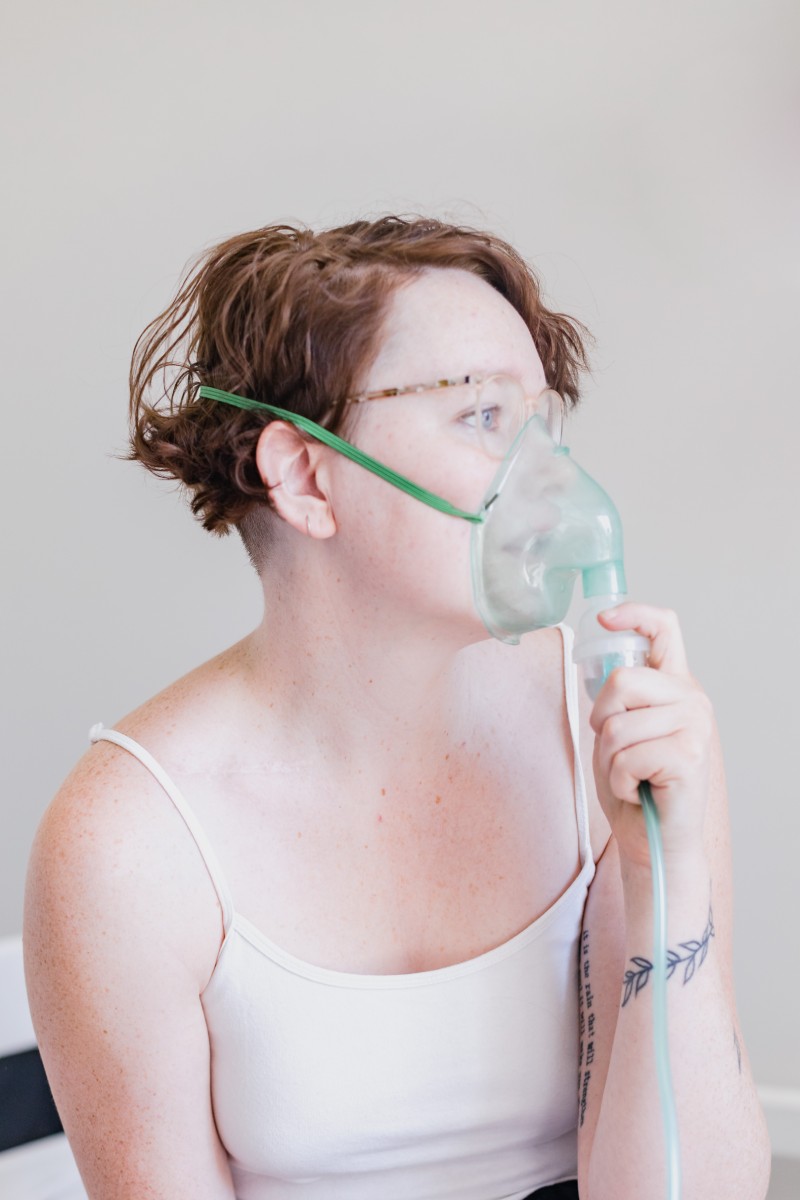
Respiratory Problems
-
Asthma: Air pollution can trigger asthma attacks and worsen symptoms in individuals with the condition. The inhalation of pollutants such as particulate matter and ozone can irritate the airways, leading to inflammation and constriction.
-
Chronic Obstructive Pulmonary Disease (COPD): Long-term exposure to air pollution, particularly fine particulate matter (PM2.5), is linked to the development and progression of COPD. This debilitating condition, which includes chronic bronchitis and emphysema, causes difficulty in breathing and reduces lung function.
-
Lung Cancer: Air pollution contains carcinogenic substances, including particulate matter, nitrogen oxides, and volatile organic compounds, which can contribute to the development of lung cancer. Prolonged exposure to polluted air increases the risk of this life-threatening disease.
Cardiovascular Diseases and their Association with Air Pollution
-
Heart Disease: Air pollution is closely associated with an increased risk of heart disease, including heart attacks, strokes, and other cardiovascular problems. Fine particulate matter and gaseous pollutants can enter the bloodstream, triggering inflammation and oxidative stress, which can damage blood vessels and lead to cardiovascular complications.
-
High Blood Pressure: Prolonged exposure to air pollution, particularly traffic-related pollutants, has been linked to elevated blood pressure levels. This increases the risk of hypertension, a significant risk factor for cardiovascular diseases.
-
Irregular Heartbeat: Studies have shown that air pollution can disrupt the electrical signaling in the heart, leading to irregular heart rhythms (arrhythmias). This can have serious implications for cardiac health.
Other Health Effects
-
Allergies: Air pollution can worsen allergic reactions by irritating the respiratory system and triggering immune responses. Pollen grains can also attach to airborne pollutants, making them more potent and increasing the likelihood of allergic symptoms.
-
Neurological Disorders: Emerging research suggests that air pollution may contribute to the development and progression of neurological disorders, including Alzheimer’s disease, Parkinson’s disease, and cognitive impairment. The inhalation of fine particulate matter and toxic gases can promote neuroinflammation and oxidative stress, affecting brain health.
-
Impaired Immune Function: Air pollution can weaken the immune system, making individuals more susceptible to infections, respiratory illnesses, and other diseases. Exposure to pollutants can disrupt immune responses, compromise lung defenses, and impair the body’s ability to fight off pathogens.
The health impacts of air pollution are diverse and significant. It is crucial to raise awareness about these effects and take action to reduce air pollution levels for the well-being of individuals and communities. In the next section, we will explore sustainable solutions and strategies to mitigate the detrimental health effects of air pollution.
Vulnerable Populations at Risk
Certain groups within the population are more vulnerable to the health impacts of air pollution. In this section, we will examine the susceptibility of children, elderly individuals, and socioeconomically disadvantaged communities to the detrimental effects of polluted air.

Children and their Susceptibility to Air Pollution-related Health Issues
Children are particularly vulnerable to the adverse health effects of air pollution due to their developing bodies and immature immune systems. The following are key considerations regarding children’s susceptibility:
-
Respiratory Health: Children breathe more air per kilogram of body weight than adults, exposing them to a higher pollutant intake relative to their size. Their still-developing lungs are more susceptible to damage from pollutants, increasing the risk of respiratory problems such as asthma and respiratory infections.
-
Neurodevelopment: Exposure to air pollution during critical periods of brain development can have long-lasting effects on cognitive function and neurodevelopment. Fine particulate matter and certain pollutants can cross the blood-brain barrier, potentially impacting learning abilities and behavioral development.
-
Lifetime Health Impacts: Early-life exposure to air pollution can have far-reaching consequences, as it may increase the risk of chronic diseases later in life. Studies have suggested associations between childhood exposure to air pollution and conditions like cardiovascular disease, reduced lung function, and even certain cancers.
Elderly Individuals and their Increased Vulnerability
Elderly individuals, especially those with pre-existing health conditions, are more susceptible to the health risks posed by air pollution. The aging process and compromised immune systems make them more vulnerable to the following:
-
Cardiovascular Effects: Elderly individuals are at higher risk of cardiovascular diseases, and exposure to air pollution exacerbates these risks. Fine particulate matter and other pollutants can lead to increased blood pressure, inflammation, and oxidative stress, further straining the cardiovascular system.
-
Respiratory Issues: Age-related changes in lung function make older adults more susceptible to the respiratory effects of air pollution. Chronic obstructive pulmonary disease (COPD), pneumonia, and other respiratory conditions can be aggravated by polluted air, leading to reduced lung capacity and increased vulnerability to respiratory infections.
-
Reduced Immunity: Aging is associated with a decline in immune function, making older individuals more susceptible to infections and respiratory illnesses resulting from exposure to air pollutants. Weakened immune responses can also impair the body’s ability to repair and recover from damage caused by pollutants.
Socioeconomically Disadvantaged Communities and their Disproportionate Exposure to Air Pollution
Socioeconomically disadvantaged communities often face a disproportionate burden of air pollution, which contributes to health inequities. Key considerations include:
-
Location: Socioeconomically disadvantaged communities are more likely to reside in areas with high levels of air pollution, such as near industrial zones, highways, or power plants. Limited access to resources and information may restrict their ability to relocate to healthier environments.
-
Health Disparities: Members of these communities may already face health disparities and have a higher prevalence of pre-existing health conditions. Exposure to air pollution exacerbates these disparities, leading to increased rates of respiratory diseases, cardiovascular problems, and other pollution-related health issues.
-
Limited Resources: Lack of resources, including access to healthcare, can hinder their ability to seek appropriate medical attention for air pollution-related health problems. Socioeconomic challenges may also limit their capacity to adopt protective measures, such as installing air purifiers or moving to cleaner areas.
Understanding the vulnerabilities of these populations is essential in formulating effective strategies and policies to address air pollution and protect their health. In the following section, we will explore sustainable solutions and measures that can be taken to mitigate air pollution and improve the well-being of these at-risk groups.
Sustainable Solutions for Air Pollution Mitigation
To address the pressing issue of air pollution and its impact on human health, adopting sustainable solutions is crucial. In this section, we will explore several strategies that can help mitigate air pollution and promote cleaner and healthier environments.

Transition to Clean Energy Sources: Renewable Energy, Green Technologies
One of the most effective ways to reduce air pollution is by transitioning from fossil fuels to clean and renewable energy sources. This shift involves harnessing the power of solar, wind, hydro, and geothermal energy, among others. By embracing renewable energy, we can significantly decrease the emission of pollutants and greenhouse gases into the atmosphere. Additionally, promoting the use of green technologies, such as energy-efficient appliances and vehicles, further contributes to reducing air pollution and carbon footprint.
Promoting Public Transportation and Reducing Reliance on Private Vehicles
Encouraging the use of public transportation systems and reducing the reliance on private vehicles is vital in combating air pollution. Public transportation not only helps alleviate traffic congestion but also reduces the emissions of pollutants from individual vehicles. Governments and urban planners can invest in efficient and well-connected public transit networks, incentivize the use of public transportation through affordable fares, and implement measures such as carpooling and ride-sharing programs. By prioritizing sustainable transportation options, we can reduce air pollution levels and improve air quality in densely populated areas.
Improving Indoor Air Quality: Ventilation, Air Purifiers, and Plants
While outdoor air pollution is a significant concern, indoor air quality also plays a critical role in our overall well-being. Improving ventilation systems in homes, workplaces, and public buildings helps remove indoor pollutants and enhances air circulation. Additionally, the use of air purifiers equipped with HEPA filters can effectively capture airborne particles, allergens, and pollutants, providing cleaner air indoors. Introducing indoor plants, known for their air-purifying properties, can further enhance indoor air quality by naturally filtering out toxins and releasing oxygen.
Encouraging Sustainable Urban Planning and Green Spaces
Sustainable urban planning plays a pivotal role in combating air pollution and creating healthier cities. By designing urban spaces that prioritize pedestrians, cyclists, and green infrastructure, we can reduce vehicle emissions and enhance air quality. Implementing measures such as green roofs, urban forests, and green walls can help absorb pollutants, provide shade, and mitigate the urban heat island effect. Accessible and well-maintained parks and green spaces not only contribute to air purification but also promote physical and mental well-being among residents.
By adopting these sustainable solutions, we can make significant progress in mitigating air pollution and safeguarding human health. However, addressing this complex issue requires a collective effort from governments, businesses, communities, and individuals alike.
Role of Policy and Advocacy
Policies and advocacy play a crucial role in addressing air pollution and driving sustainable solutions. In this section, we will explore the importance of government regulations, international agreements, and the role of advocacy groups and individuals in creating a cleaner and healthier environment.

Importance of Government Regulations and Policies to Reduce Air Pollution
Government regulations and policies play a pivotal role in curbing air pollution and protecting public health. By establishing emission standards, setting limits on pollutants released by industries and vehicles, and implementing strict regulations, governments can enforce cleaner practices and technologies. These policies incentivize industries to adopt cleaner production methods, promote the use of clean energy sources, and invest in pollution control measures. Furthermore, governments can encourage the development of sustainable transportation infrastructure, promote energy efficiency in buildings, and enforce restrictions on open burning and other harmful practices. By prioritizing air quality in policy agendas, governments can significantly contribute to reducing air pollution and improving public health.
International Agreements and Initiatives Addressing Air Pollution
Air pollution is a global challenge that requires international collaboration and coordinated efforts. Various agreements and initiatives have been established to address this issue. One prominent example is the Paris Agreement, a global commitment to combat climate change and reduce greenhouse gas emissions. By focusing on reducing carbon emissions, the agreement indirectly addresses air pollution and its associated health impacts. Additionally, regional agreements and initiatives, such as the European Green Deal and the Clean Air Asia program, aim to reduce air pollution levels through collective action and cooperation among countries. These international agreements provide a framework for countries to share best practices, exchange knowledge, and work together to combat air pollution.
Role of Advocacy Groups and Individuals in Raising Awareness and Driving Change
Advocacy groups and individuals play a critical role in raising awareness about air pollution and advocating for sustainable solutions. Environmental organizations, health associations, and grassroots movements often take the lead in raising public consciousness about the health risks posed by air pollution. They conduct research, organize campaigns, and engage in community outreach to educate individuals about the importance of clean air and its impact on human health. By raising public awareness, these groups mobilize support for policy changes, encourage behavioral shifts, and hold governments and industries accountable for reducing air pollution. Moreover, individuals can contribute by adopting sustainable practices in their daily lives, supporting environmentally conscious businesses, and actively participating in advocacy efforts.
Through effective policy measures and the collective efforts of advocacy groups and individuals, we can create a cleaner and healthier environment for present and future generations. The synergy between policy and advocacy is essential in driving sustainable solutions and bringing about positive change.
Community Engagement and Education
Engaging communities and fostering education are vital components in the fight against air pollution. By empowering individuals with knowledge about the health impacts of air pollution, encouraging citizen involvement in monitoring efforts, and promoting sustainable lifestyle choices, we can create a collective effort towards cleaner air and improved human health.
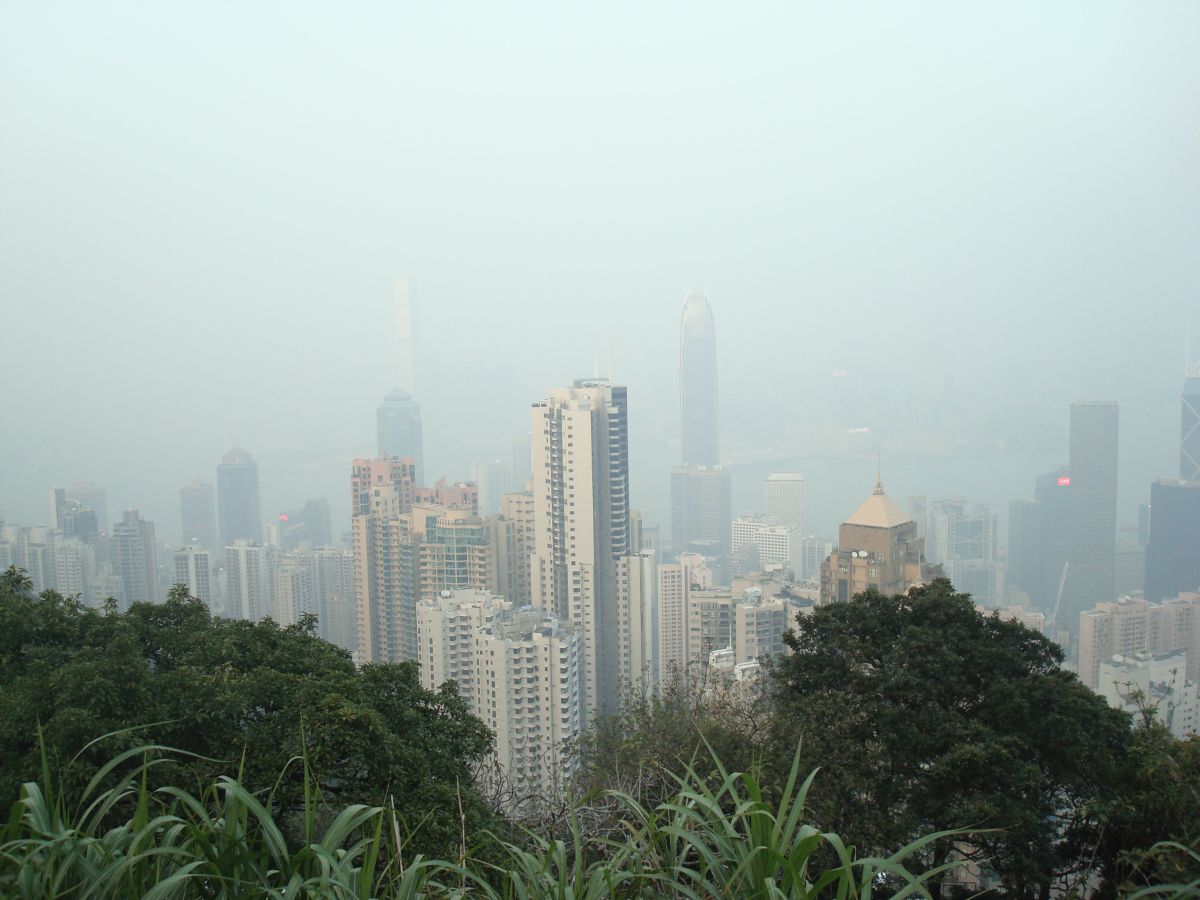
Importance of Educating Communities about Air Pollution and Its Health Impacts
Educating communities about air pollution is essential for creating awareness and understanding the health risks associated with it. By providing information about the sources of air pollution, common pollutants, and their effects on human health, individuals can make informed decisions and take necessary precautions. Education initiatives can take various forms, including workshops, public awareness campaigns, and educational materials distributed in schools, community centers, and healthcare facilities. By targeting both children and adults, we can instill a sense of responsibility and inspire behavioral changes that contribute to reducing air pollution.
Encouraging Citizen Involvement in Monitoring and Reporting Air Pollution Levels
Citizen involvement in monitoring air pollution levels can provide valuable data and insights for decision-making and policy development. Engaging citizens through the use of low-cost air quality monitoring devices and smartphone applications enables them to actively participate in assessing air quality in their communities. By encouraging citizens to report pollution hotspots, unusual emissions, or any concerning air quality incidents, authorities can take prompt action to investigate and address the sources of pollution. Citizen engagement in monitoring not only enhances transparency but also strengthens the community’s voice in advocating for cleaner air.
Promoting Sustainable Lifestyle Choices and Individual Responsibility
Promoting sustainable lifestyle choices is key to reducing individual contributions to air pollution. By encouraging behaviors such as walking, cycling, or using public transportation instead of relying on private vehicles, we can decrease the emissions from transportation. Additionally, advocating for energy-efficient practices in households, such as using energy-saving appliances, properly insulating homes, and reducing energy consumption, can significantly lower the pollution generated from energy production. Engaging communities in recycling and waste reduction efforts also plays a part in reducing the release of harmful pollutants from waste management processes. By emphasizing individual responsibility, we can collectively create a positive impact on air quality.
Community engagement and education serve as catalysts for change. By equipping communities with knowledge, encouraging citizen involvement, and promoting sustainable choices, we can create a culture of environmental stewardship and foster a sense of ownership in improving air quality.
Conclusion
Air pollution poses a significant threat to human health, necessitating the adoption of sustainable solutions to safeguard our well-being. Throughout this blog post, we have explored the various aspects of air pollution, its detrimental health impacts, and the importance of embracing eco-friendly practices to mitigate its effects. As we conclude, let us reflect on the key takeaways and reiterate the call to action for a cleaner and healthier future.

Recap of the Health Impacts of Air Pollution and the Need for Sustainable Solutions
Air pollution affects our respiratory and cardiovascular systems, increasing the risk of respiratory problems, cardiovascular diseases, and other health complications. Vulnerable populations, including children, the elderly, and socioeconomically disadvantaged communities, face a higher burden of pollution-related health issues. Recognizing the severity of these impacts underscores the urgent need for sustainable solutions to address air pollution and protect human health.
Call to Action for Adopting Eco-friendly Practices and Supporting Policies that Prioritize Clean Air
We must take action at both individual and collective levels to combat air pollution. Adopting eco-friendly practices such as transitioning to clean energy sources, promoting public transportation, improving indoor air quality, and embracing sustainable urban planning are effective steps in mitigating air pollution. Furthermore, it is crucial to support policies and regulations that prioritize clean air, reducing emissions from industrial activities, transportation, and other pollution sources. By actively advocating for sustainable practices and policies, we can contribute to a healthier environment for ourselves and future generations.
Emphasizing the Collective Responsibility to Protect Human Health and the Environment through Sustainable Choices and Solutions
Protecting human health and the environment from the harmful effects of air pollution is a collective responsibility. Each individual has the power to make a difference by making sustainable choices in their daily lives. By reducing our carbon footprint, conserving energy, and minimizing waste, we can contribute to cleaner air and a healthier planet. It is essential to engage in community initiatives, participate in citizen monitoring efforts, and raise awareness about the health impacts of air pollution. Together, we can foster a sense of environmental stewardship and drive positive change.
In conclusion, the impact of air pollution on human health cannot be underestimated. It demands our immediate attention and concerted efforts towards sustainable solutions. By adopting eco-friendly practices, supporting clean air policies, and embracing our collective responsibility, we can create a future where clean air and good health are safeguarded for all.

